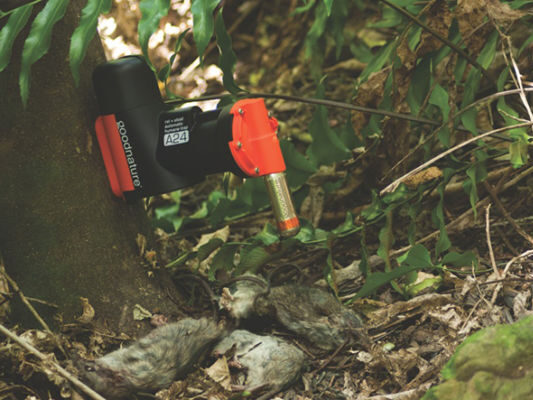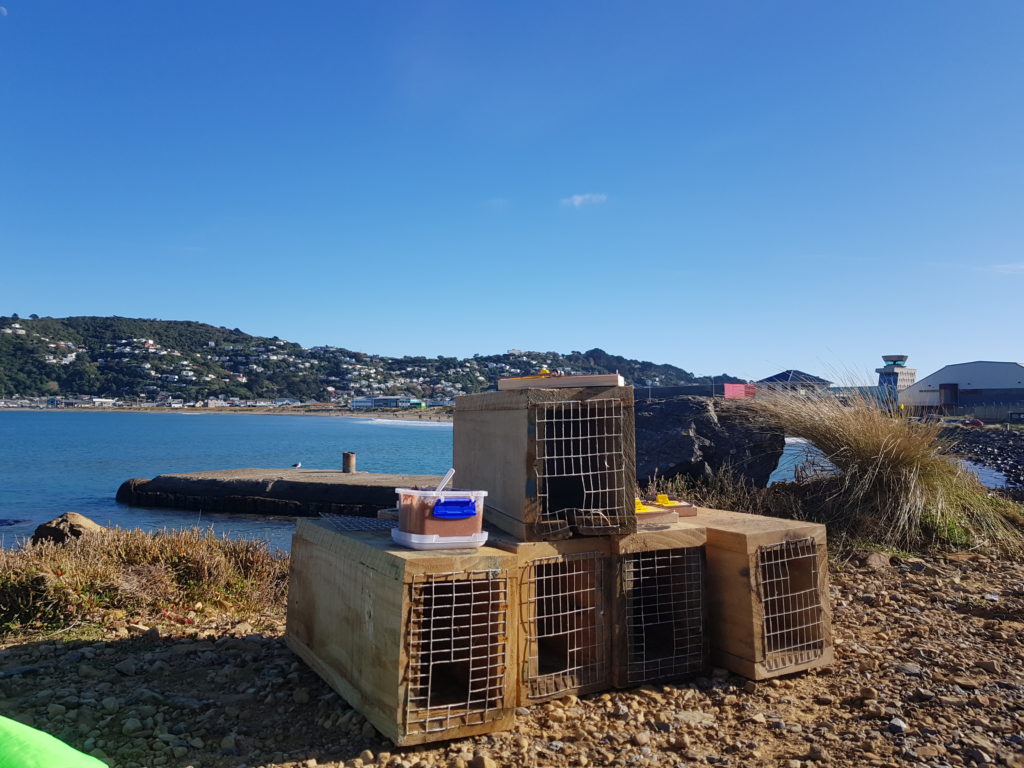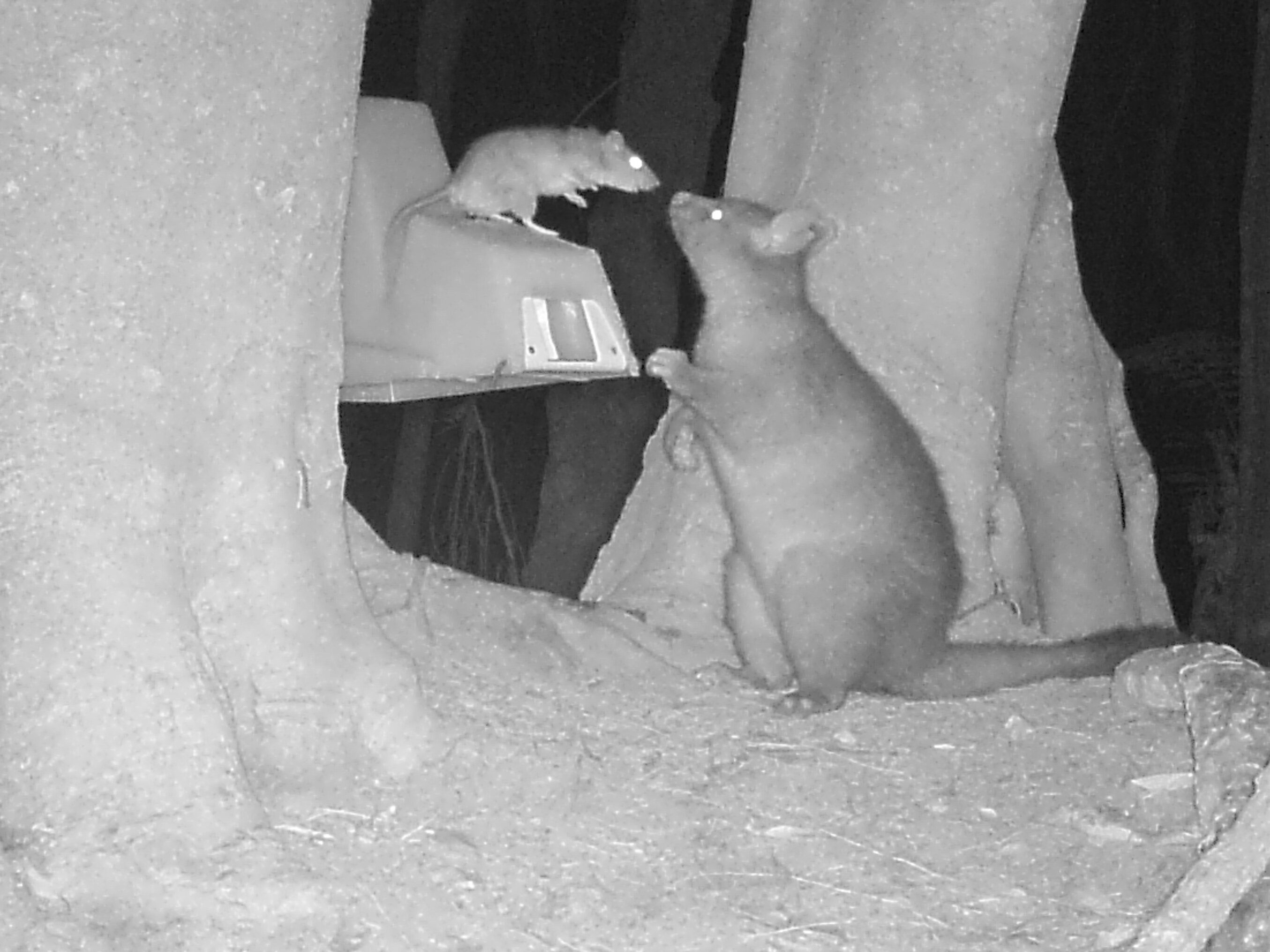ON THIS PAGE
Things to consider
There are pros and cons that come with any predator control method. What works best for you will depend on:
- Your target area. Is it small/large, populated, easy to access, with clear boundaries?
- Your target species, eg. possums, rodents. Are you targeting more than one species?
- Which non-target species (including livestock, native wildlife, pets, etc.) are in the area.
- Your skill level and experience with different handling methods – i.e. using bait stations vs. setting traps – and the local knowledge you build up of the place(s) you are working in over time.
- Any aspects that you or others find challenging, eg. an organic property will not want to use toxins; some people don’t want to handle carcasses.
- Obtaining any necessary permits if using baits.
However, predator control doesn’t have to be an either/or situation. Varying your methods from time to time can reduce the risk of your target species becoming bait shy (refusing old bait or consuming sub-lethal doses).
Often a ‘toolbox’ approach is best because many target predators will have individual preferences – they may prefer a bait station over a trap or vice-versa, or they may have had a bad experience with a toxin, trap or bait station.
Whichever method(s) you choose it’s important to follow best practice, read the manufacturer’s instructions, and check that you’ve acquired any necessary permits or approval.

For area-specific advice on which control method to use, contact your local landcare group, council or DOC office. Local predator control contractors also often have good knowledge of what works best.
Traps
Pros:
- Less potentially hazardous than toxins, eg. avoids non-target effects and accumulation in the environment, but can cause serious injury when used by untrained people.
- Easy to manage over small areas, eg. small reserves and backyards.
- Some brands have been tested against and met the National Animal Welfare Advisory Committee (NAWAC) guidelines (see ‘Welfare performance of animal traps’ on their website). As a general rule, if you are working on a community project (especially ones where traps are visible to the public), NAWAC-approved traps should always be used.
- Self-resetting traps can be very useful in remote locations or on properties that are not permanently occupied.
- You always know you have caught something, versus a bait station where you just see eaten bait.
Cons:

- Can be time-consuming to set and monitor across large areas.
- Live capture traps, eg. cage traps, require checking every 24 hours.
- Once a trap has been set off, it is unable to catch anything else until it is re-set.
- For some people, removing carcasses from traps can be stressful.
- Costs add up if buying a large number of traps and tunnels.
- Ineffective if traplines are too far apart and/or not regularly monitored, or where predator density is high (unless using self-resetting traps).
For more, read how to choose the right trap and where to buy traps and equipment.
Bait stations
Pros:
- Effective over large, sparsely-populated areas.
- Fast-acting single feed baits such as Brodifacoum can be effective for initial ‘knockdown’ phase if predator density is high.
- Can save time, resources and money for large-scale predator control.
- When correctly set up to the right densities, and maintained and serviced properly, bait stations keep on working and can control multiple rats and possums with one bait application.
Cons:
- Potential risks of toxins to non-target species, including livestock and pets.
- Prolonged use of some toxins can build up in the environment.
- Target species can become ‘bait shy’ if toxins are overused, left to go rotten, or delivered in sub-lethal doses.
- Relevant training and permits may be required. Acute toxins such as cyanide require a Controlled Substances Licence (CSL) and require a significant level of practical experience to use safely and effectively.

Commonly-used bait stations include Philproof, Pestoff and Sentry. View our list of bait station suppliers.
To find out more, read our introduction to bait stations, bait stations for possums and bait stations for rodents.

